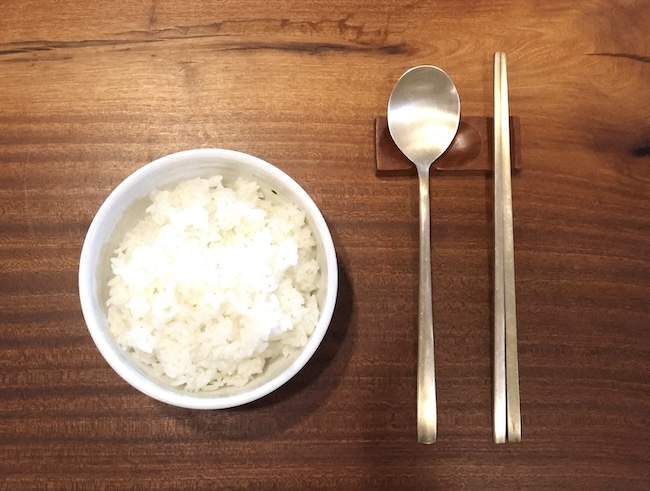
The findings indicate that nearly 30% of Koreans skip breakfast, while rice intake is higher at restaurants compared to home-cooked meals, with older individuals tending to consume more rice overall. (Image courtesy of Yonhap)
SEJONG, Mar. 26 (Korea Bizwire) – A recent analysis by Statistics Korea has unveiled revealing insights into the nation’s breakfast habits and rice consumption patterns.
The findings, published in the spring issue of “Statistics Plus,” indicate that nearly 30% of Koreans skip breakfast, while rice intake is higher at restaurants compared to home-cooked meals, with older individuals tending to consume more rice overall.
The analysis, conducted by researcher Jung Mi-ok, utilized microdata from the Korea National Health and Nutrition Examination Survey’s food intake survey to examine daily rice consumption across the three main meals.
In 2019, prior to the COVID-19 pandemic, the breakfast skipping rate stood at 28.1%, translating to approximately three out of ten individuals foregoing the morning meal. The rates for skipping lunch and dinner were substantially lower at 7.7% and 5.4%, respectively. On average, Koreans missed 0.41 meals per day.
The age group with the highest rate of meal skipping was 18 to 39-year-olds at 0.67 times per day, while those under 5 years old and over 60 had the lowest rates at 0.13 and 0.18 times, respectively.
Koreans consumed rice an average of 1.86 times daily. However, this figure was higher for those aged 60 and above (2.27 times) and under 5 (2.26 times), while the 18-39 age group averaged only 1.43 rice-consuming meals per day.
The nationwide average daily rice intake per person in 2019 was 137.2 grams, a 20.6% decrease from 172.9 grams in 2013, reflecting an annual average decline of 3.8%.
Contrary to common perceptions, the analysis revealed that Koreans consumed more rice at restaurants (59.4 grams per meal) compared to home-cooked meals (49.3 grams per meal), a reversal from 2013 when home rice consumption (65.2 grams) exceeded that of restaurants (62.6 grams).
While home rice consumption decreased at an annual average rate of 4.6% between 2013 and 2019, the decline in restaurant rice intake was more modest at 0.9% annually.
Examining age demographics, the 60-and-above group consumed the highest average amount of rice per meal at 56.8 grams in 2019, followed by those aged 40-59 (55.6 grams), 18-39 (51.7 grams), 6-17 (52.3 grams), and under 5 (35.2 grams).
Commenting on the findings, Jung noted, “Given the increasing trend of dining out and the discrepancy in rice consumption between home and restaurant meals, there is a need to improve the methodology for estimating long-term rice consumption in the foodservice industry.”
Lina Jang (linajang@koreabizwire.com)






